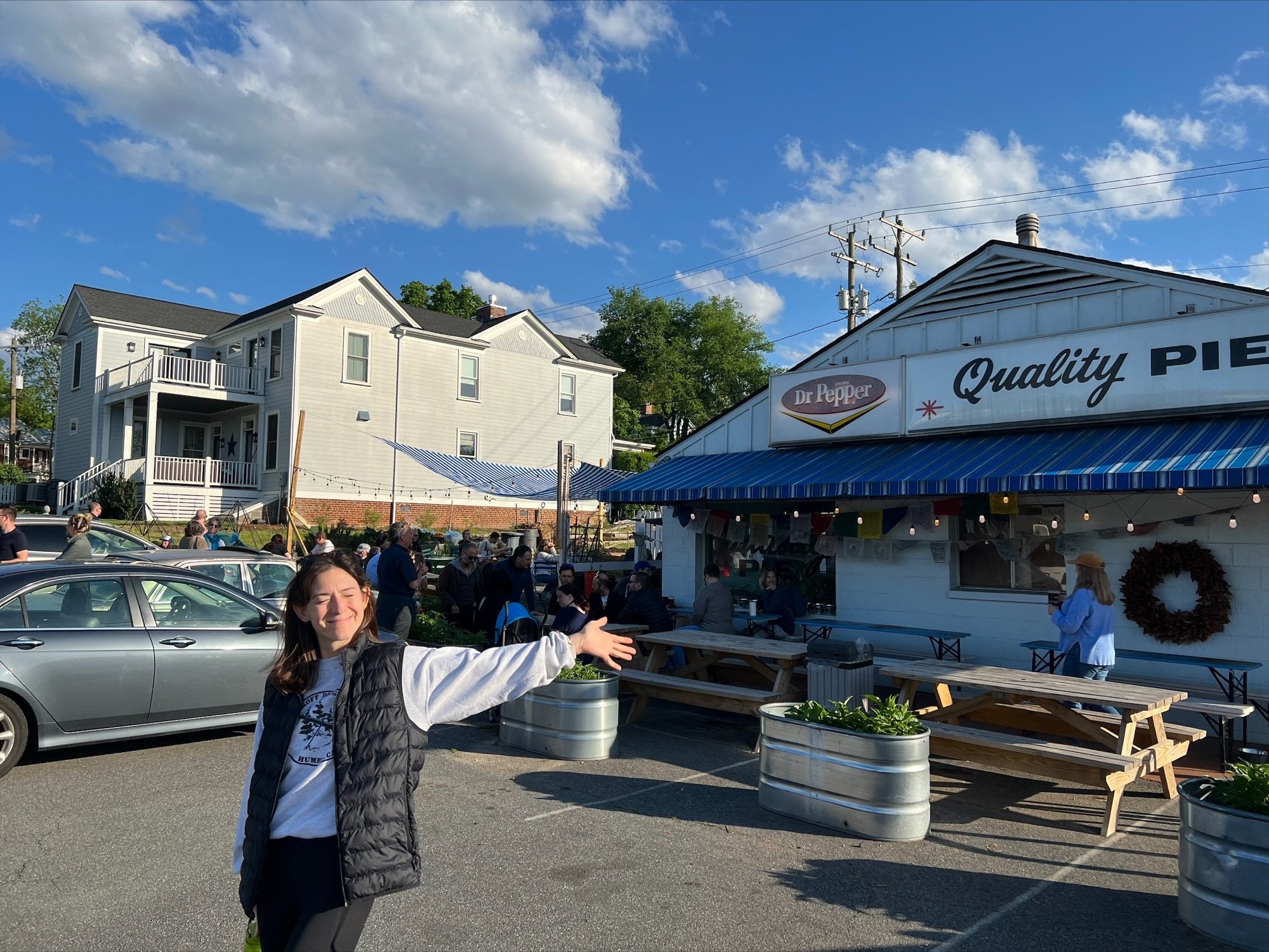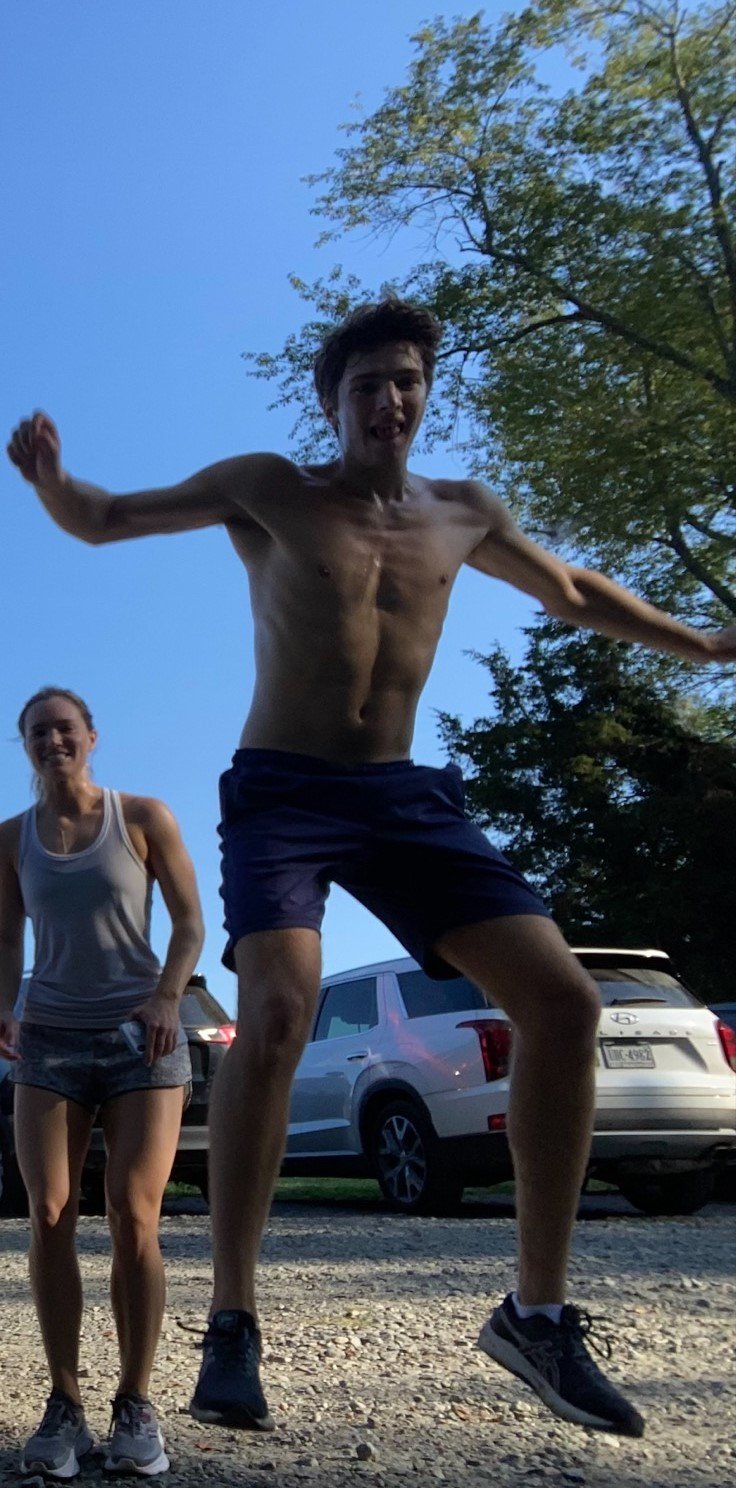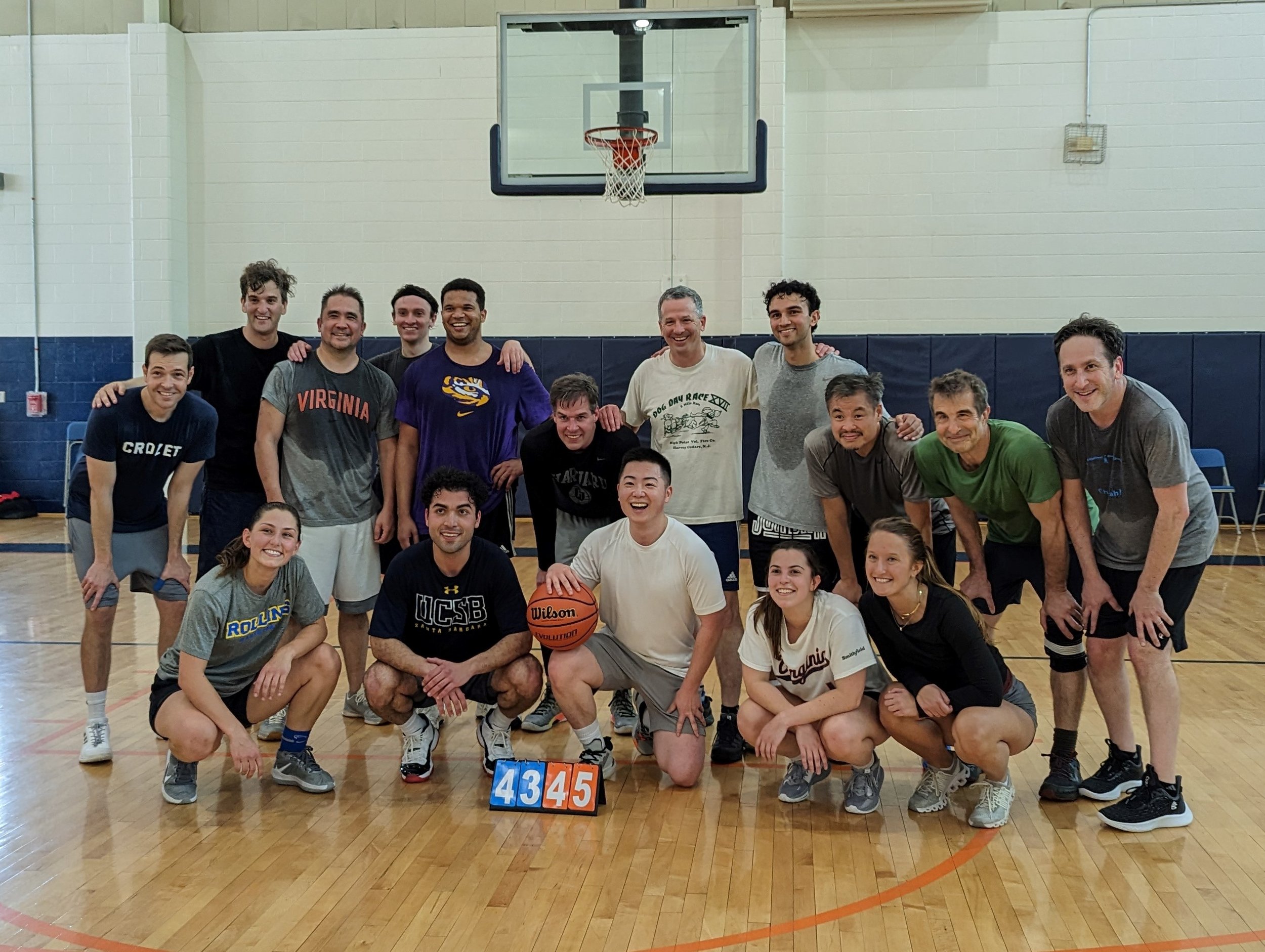Ethan Brown ‘25
Features Editor
Welcome, 1Ls, to the University of Virginia School of Law! As all of you now know intimately well, the first semester at this Law School leaves nothing to chance: You and all your peers will take the same five introductory classes. Regardless of how much some 1Ls each year may beg and plead not to take Criminal Law because “I’m never going to be a criminal lawyer,” or to forsake Torts because “what the hell is that,” no dice. For better or worse, Civil Procedure, Contracts, Criminal Law, Torts, and Legal Research and Writing. And at time of publication, you’re all stuck in these classes for a little over three and a half more months, at which point all of the information will fall out of your minds like sugar through a sieve.
Anyways, you might ask why 1L fall—with its sixteen credit hours—is such a heavy lift here relative to other law schools. Some of our peer schools opt to defer one of these four doctrinal classes until the spring, like the University of Pennsylvania, which has its 1Ls take Criminal Law a semester later. This fact might make some 1L readers incredulously scratch their head and turn to the Law Weekly for hard-hitting investigative journalism about why UVA Law has evolved over time to subject its 1Ls to an especially intense first year. To those 1Ls, I say: Come join us at the paper’s weekly meeting on Mondays and pitch that article—I’d read it!
But I am now a 2L, and, following binding precedent from the Law Weekly’s Court of Petty Appeals, I am not legally allowed to take the needs and concerns of 1Ls into account when I write my articles.[1] So instead of pontificating on the merits of something serious, I’m going to stay in my comfort zone, and where I feel safest is creating bafflingly silly listicles. And this week, I ask members of the class of 2026 as they delve into personal jurisdiction, res ipsa loquitur, and everything in between: What Does Your Favorite 1L Fall Doctrinal Say About You?
Civil Procedure
You were a nerd in college, and you’re certainly not letting up on it now. Even though you didn’t take math classes as an undergrad, you probably purchased and brought a graphing calculator to Charlottesville “just in case.” You let everyone in your section know that Civil Procedure is your favorite subject at least ten times a day just because you like feeling like a quirky girl, and only quirky girls like Civ Pro. You are very into highlighters. You also probably have Professor Woolhandler, who is a gem.[2]
Contracts
Okay, we get it. You were in a frat! Congrats. Granted, you haven’t done most of the readings because you’ve been too hungover from Bilt. But from what you’ve read so far, Contracts is the best—it’s all about money and deals and big finance boys doing big finance boy things. You’re still not exactly sure why you chose to come to the Law School instead of hitting up the much nicer Darden next door, but hey—surely the rest of law school will be more geared towards transactional and corporate work than litigation, right?[3]
Criminal Law
You might fall into a few different categories: (1) the straight white guy who takes up a quarter of class going on a monologue about how much he hates Justice Scalia’s dissent in Lawrence v. Texas while everyone else blankly stares into their computer screens; (2) the way-too-eager wannabe prosecutor; or (3) the trying-too-hard-to-seem-above-it-all wannabe defense attorney. Or maybe you’re just so grateful that this class only meets twice a week that it’s your favorite by default. Either way, you’re going to know a lot about mens rea by the end of these fifteen weeks…and not much more.
Torts
I actually can’t name a single 2L whose favorite class was Torts last year, so this is challenging. Maybe you’re a Hufflepuff? And you really like spending time with friends and taking long walks on the beach? Or you’re perversely excited by railroad and car accidents? I honestly have such a limited window into your psyche that I can’t even make you a snarky listicle entry. For that I am truly sorry.
Legal Research and Writing
You were Homecoming King/Queen/Other Preferred Royal Title in high school. You’re rich, popular, and attractive. You are extremely well-liked but remarkably humble. You have lovers around the world. You actually already have your 1L fall grades back, and they’re straight As. People regularly weep at your beauty as you pass them on the street. You are a different breed, a rare specimen—you like LRW.[4]
I end this article with the classic disclaimer that absolutely nothing I say in the Law Weekly should be taken seriously. Still, I hope this article gives all our 1Ls a better sense of the energies they project when they own up to preferring a certain doctrinal class.
---
bwj2cw@virginia.edu
[1] See every single COPA about 1Ls.
[2] Even if Professor Woolhandler taught something as horrid and boring as the Law of Paint Drying, I would literally take it just to hear her say “Groovy!” one more time.
[3] I have some bad news for you.
[4] This one is actually 100 percent not ironic because LRW was arguably my favorite class, and I will stand on that hill until the day I die.



















